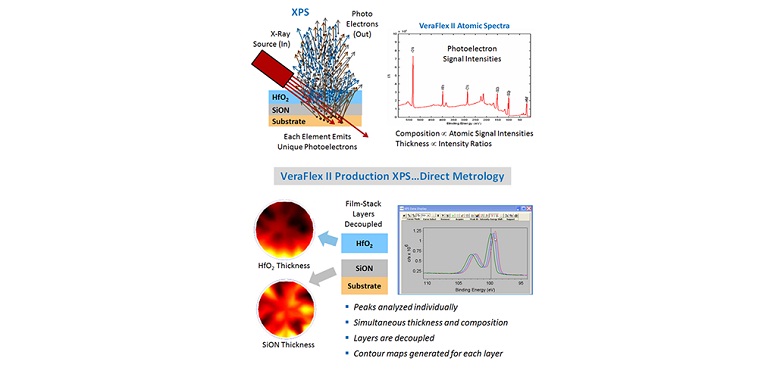Amazon (NASDAQ:AMZN) revealed positive free cash flow (FCF) in its Q2 earnings announcement on August 3, with the possibility of another positive quarter in Q3. However, AMZN stock has recently shown weakness, causing put option premiums to rise. This presents an opportunity to sell short out-of-the-money (OTM) put options to generate income.
AMZN stock could be worth as much as $173.00 per share based on its positive FCF. This implies a potential gain of 33% from its current price of around $130.
FCF Estimates and Price Target
Amazon reported an FCF inflow of $7.9 billion over the trailing 12 months (TTM), which amounted to 1.46% of its TTM revenue. I forecasted that it could reach 3.0% over the next year or so.
With analysts projecting sales to increase to $637 billion, this suggests that projected FCF could reach $19.11 billion. In fact, Amazon achieved a 5.26% FCF margin in Q4 2020. So, on a best-case basis, Amazon could potentially generate 5% from $640 billion in sales next year, resulting in an estimated FCF of $32 billion.
Using a 2% FCF yield metric implies a potential market cap of $1.6 trillion ($32 billion/0.02), which is 20% higher than today’s market cap of $1.333 trillion. In other words, AMZN stock could potentially rise by 20% from $130 to $156.00 per share, although this is based on a best-case scenario.
Meanwhile, AMZN stock put options have seen increased premiums, suggesting expectations of further stock declines.
Shorting Out-of-the-Money Puts
Investors seem to anticipate further stock declines, providing an opportunity for shorting out-of-the-money put options with near-term expiration periods before the next earnings release.
For instance, for the October 13 expiration period, which is just 18 days away, the $124 strike price puts trade at a premium of $1.34 per contract. This strike price is 5% below the current price.
This means that investors who sell short these puts can earn 1.08% in income over less than a 3-week period. AMZN stock would need to fall more than 5% for the investor to be obligated to buy the stock at $124.00 per share.
To illustrate, if an investor has $12,400 in cash and/or margin with a brokerage firm, they can “Sell to Open” one put contract at the $124 strike price. The account would immediately receive $134 from the short sale of the put contract.
This $134 translates to a yield of 1.08% on the $12,400 invested in the trade. If this strategy is repeated every 3 weeks, the annualized expected return is 18.36%, given that there are 17 periods of 3 weeks in a year. In other words, investors could potentially make an expected return of $2,278 on the $12,400 invested if this strategy is repeated at the same price over a year.
Moreover, even if the stock drops to $124.00 and the puts are exercised, the investor retains the $134.00. Therefore, the effective breakeven price is $124.00 – $1.34, or $122.66. This is over 5.5% below today’s price, offering the investor additional room for profitability.
This strategy demonstrates that there is significant potential upside in AMZN stock, particularly if it reports robust positive FCF. However, even if it doesn’t, investors can profit by shorting puts for income in expiration periods preceding its Q3 FCF announcement.
Featured Image: Unsplash









